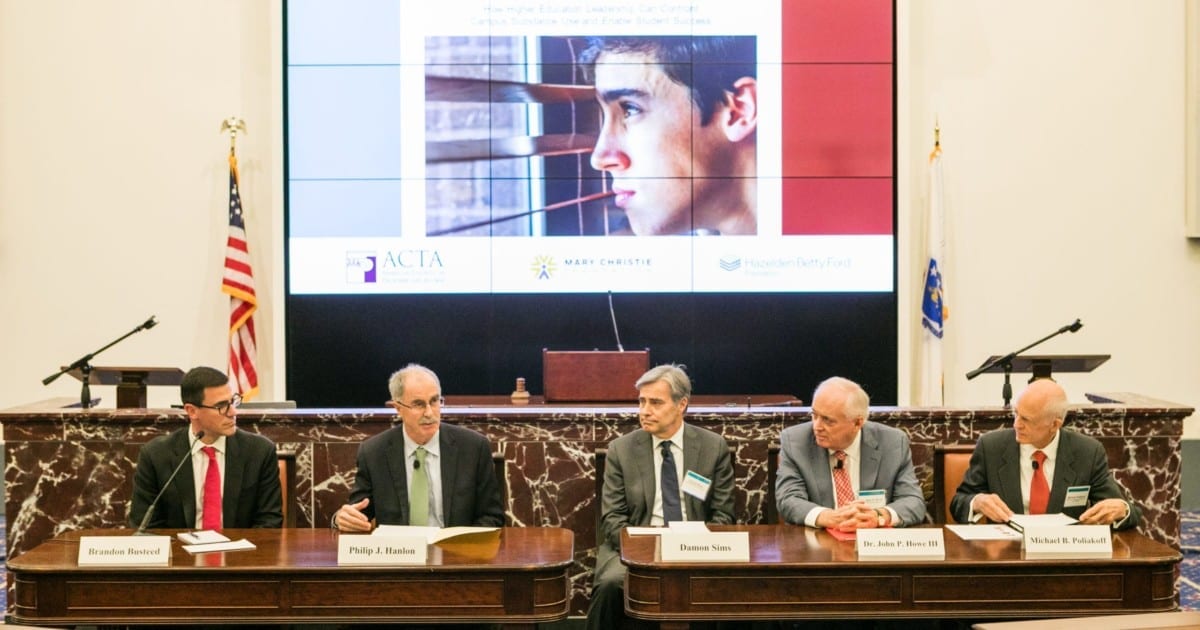The #MeToo movement has had a significant impact on college sexual misconduct reports, both old and new. Michigan State University reported more than 3x the number of complaints in 2018 that were more than two decades old. Others such as Rutgers University loosened restrictions on investigation time limits on incidents from two years to all cases. However, despite the fact that the founder of the movement, Tarana Burkes, was a 47-year-old Black woman from the Bronx, the face of the movement was largely focused on high-profile White women against high-profile White men. It wasn’t until actress Alyssa Milano’s now-famous #MeToo tweet that the movement gained national traction. Stories from women of color and queer and disabled individuals rarely gained as much attention or public sympathy. And despite these populations facing higher rates of sexual violence, resources do not always offer relevant or culturally competent help.
This discrepancy is reflected on college campuses, where students from racial, sexual, and gender minorities are impacted disproportionately by power-based violence, yet counseling and outreach services do not necessarily attend to the needs these students have. A 2015 survey of over 27 universities found that non-heterosexual students experience higher rates of non-consensual sexual contact (13-25%) as compared to their heterosexual peers (10%) (2015 American Association of Universities Climate Survey on Sexual Assault and Sexual Misconduct). This percentage is worsened when examining the intersection of marginalized identities, where more than half of Black transgender students have been found to experience sexual assault in comparison to only 14% in White transgender students (Coulter et al., 2017).
Despite these numbers, studies have consistently shown that racial and sexual minorities face increased barriers to accessing help and are less likely to report their assault (McMahon, 2019). These obstacles include deep-rooted cultural and societal pressures, language barriers, fear of discrimination when seeking services, and mistrust of campus authorities. The pandemic itself has brought a new set of challenges, from unclear proceedings in investigations to decreased resource accessibility. It is vital, now more than ever, that colleges work to increase access to services for vulnerable populations and create safe spaces and resources directly tailored to their unique needs.
Identifying Areas of Improvement

Tesia Shi
During the Obama Administration, the White House Task Force to Protect Students from Sexual Assault identified the development of culturally relevant prevention services for underserved populations as a top funding priority. Cultural competency is defined broadly by the Center for Disease Control (CDC) as the application of knowledge about individuals and groups in cultural settings to improve outcomes and quality of services. Within college campuses, it’s crucial specifically for outreach and advocacy staff working in the space of power-based violence to continually commit to and evaluate ongoing initiatives against the needs of different communities.
Outreach/Education
The most visible branch of a university’s program or initiative typically lies in its outreach and education efforts, which are critical to informing campuses of existing resources and connecting those in need to the correct offices. It is vital that outreach materials and staff reflect campus demographics and include input from a broad range of student voices, which can help address the low rates of reporting within minority students. Additionally, many current campus climate surveys, an initiative highly encouraged by the Obama-Biden administration, do not contain many, if at all, culturally-specific questions. This leads to a gap in research and data on how to effectively address the challenges these students face. In particular, a sample of 6,000 students found that Black/African American and Asian female students were more likely than White students to avoid disclosing for fear of reflecting badly on their broader racial communities (McMahon, 2019). This phenomenon extends to sexual minorities as well, where a fifth of LGBTQ female students believed disclosing would negatively impact perceptions of the LGBTQ community.
“It’s important for us folks in the outreach department to understand where this mistrust comes from and how different communities perceive our services,” said Max Balagtas-Badoy, a staff member at CARE to Stop Violence, University of Maryland’s power-based violence advocacy and prevention center.
Including diverse portrayals of relationships and characters within educational and marketing materials is a beginning step to breaking harmful stereotypes of who a “survivor” can be. However, brochures, online modules, and printed materials are not enough. In one example, a needs assessment conducted by the National Sexual Violence Resource Center (NSVRC) for the Latinx community found that participants emphasized an immense need for in-person discussions to effectively convey prevention information. Being proactive in reaching out to different student groups, conducting individual focus groups, and setting-up consistent meetings with student activists are all components to building trust between school staff and survivors and working towards dismantling larger social justice frameworks. However, it is important to not tokenize students or organizations, and reduce them solely to one aspect of their identity.
“Reaching out to these communities is our job, the burden is not on them to accept us,” Balagtas-Badoy said.
Providers/Advocacy Services
Once survivors are connected to a counselor, it is vital that the service provided is sensitive to the systemic barriers and familial and cultural pressures survivors may be encountering. While the NSVRC has found that survivors are more comfortable with providers of similar backgrounds, the majority of campus mental health providers are White, and overwhelmingly cis and heterosexual (AUCCCD Director Survey 2017-18). A lack of diverse staff presents a disconnect where students are uncertain whether there will be someone who will actually understand their experiences or cultural norms beyond a superficial level or who will “get it.”
“Something I’ve seen is that LGBTQ students come in worried they’ll spend more time explaining their gender or sexual identity rather than the treatment,” Balagtas-Badoy said.
In a homogenous staff pool, the lack of multilingual counselors and other language barriers can also hinder whether survivors are able to access services. A survey of providers administered by the American Institutes for Research and National Center on Family Homelessness showed an agreement that forcing survivors to use English instead of their native language significantly increases stress and decreases quality of communication. However, depending on staff size, it may not be possible to reflect all subpopulations on campus. In those cases, it’s important for providers to be continually trained on how to explicitly address race and culture within their sessions. Providers should have a comprehensive perspective on how historical contexts, generational trauma, and current events have contributed to survivor trauma.
Moving Forward
Moving forward, it is critical that institutions of higher ed make sexual violence prevention and counseling services more accessible to racial, sexual, and gender minorities. Intersectional and communal healing spaces are critical for survivors to feel that they have a safe, inclusive space where they can be heard. In turn, universities must proactively and sensitively reach out to these groups and make greater efforts to diversify the staff of their sexual assault counseling services.
Tesia Shi is a 2021 MCI Fellow. She is a sophomore psychology & neurobiology double major student at the University of Maryland, College Park. Tesia is passionate about improving student mental wellness and developing early interventions, and serves as a chat specialist for the National Suicide Prevention Lifeline



